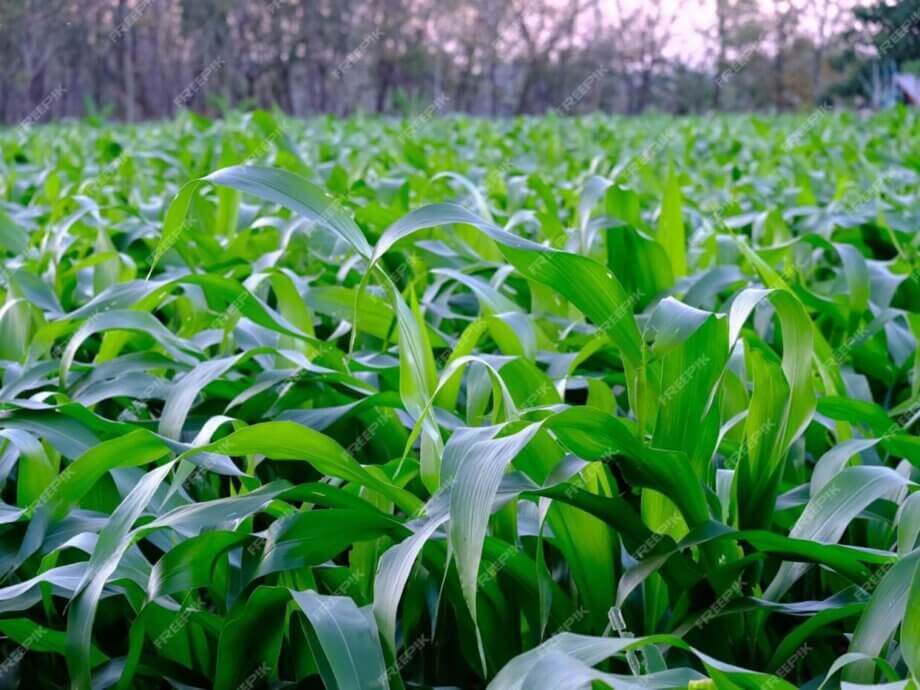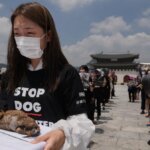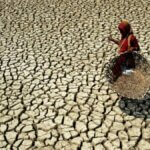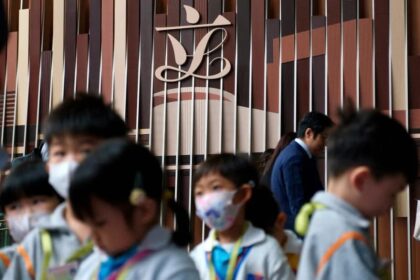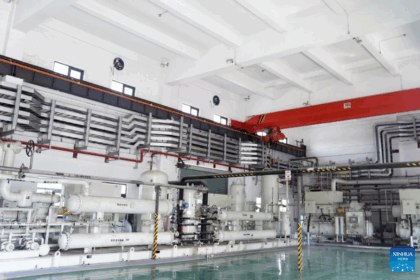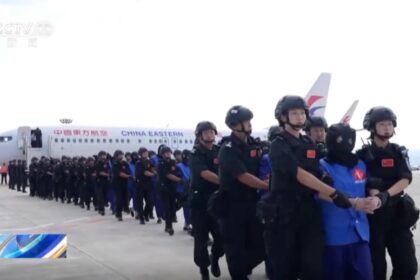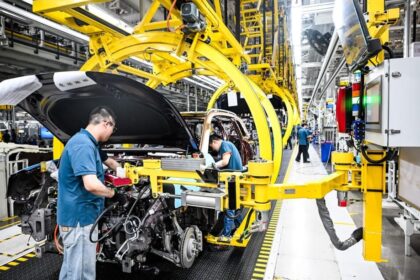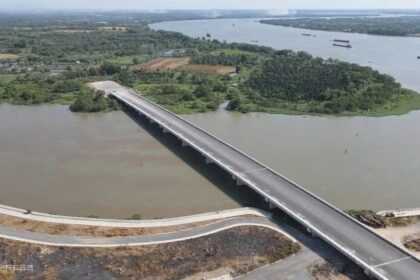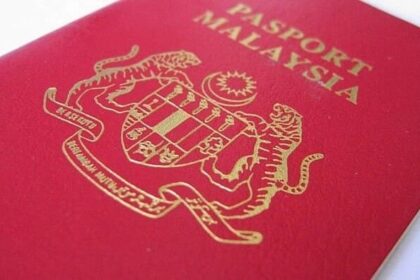Introduction: The Maize Boom and Its Consequences
In the misty highlands of northern Thailand, the once-forested slopes of Doi Inthanon have been transformed. Where villagers once foraged for wild mushrooms and grazed buffalo, vast fields of maize now stretch across the valleys and hills. This transformation is not unique to Thailand; it is echoed across the Mekong Basin, from Myanmar’s Shan State to northern Laos. At the heart of this change is a single, powerful driver: the global appetite for meat, and the maize needed to feed the livestock that supply it.
- Introduction: The Maize Boom and Its Consequences
- From Forests to Fields: The Rise of Maize Monoculture
- Environmental Fallout: Haze, Deforestation, and Climate Change
- Transboundary Haze: A Regional Crisis
- Socioeconomic Impacts: Farmers Trapped in Debt and Dependency
- The Role of Agribusiness: Power, Profits, and Pledges
- Government Policy: Progress and Pitfalls
- Health and Climate: The Case for Protein Diversification
- Empowering Farmers and Communities: Toward Sustainable Solutions
- Regional and Global Context: The Maize-Meat Nexus in Asia
- In Summary
Thailand stands as Southeast Asia’s largest protein producer and the world’s leading exporter of processed chicken. But the country’s rise as a meat powerhouse has come at a steep cost to its environment, rural communities, and public health. The story of maize in Thailand is a story of monoculture, industrial agriculture, and the complex web of economic, social, and environmental impacts that follow.
From Forests to Fields: The Rise of Maize Monoculture
Maize, or corn, is now Thailand’s fourth most grown crop, with over 7 million rai (about 1.1 million hectares) dedicated to its cultivation—mostly in the north and northeast. This expansion has been rapid and dramatic. According to Greenpeace, between 2015 and 2023, 1.88 million hectares of forest in the Mekong Basin were converted for maize cultivation, much of it in Thailand, Myanmar, and Laos. The vast majority of this maize is not destined for human consumption, but for animal feed—primarily for chickens and pigs.
The shift to maize monoculture has been driven by several factors:
- Rising global and regional demand for meat, especially poultry and pork
- Government policies promoting maize as a cash crop
- Expansion of agribusiness giants seeking reliable feed sources
- Contract farming schemes that tie smallholders to the maize supply chain
Historically, these upland areas were mosaics of forest, rice paddies, and diverse crops. But as meat consumption in Asia has soared—projected to rise by 78% by 2050—so too has the demand for animal feed. In Thailand, per capita meat consumption has nearly doubled since 1990, and similar trends are seen across China, Vietnam, and Indonesia.
As a result, maize has become the backbone of the region’s livestock industry. But this transformation has come at a cost: deforestation, soil degradation, and the loss of traditional livelihoods.
Environmental Fallout: Haze, Deforestation, and Climate Change
The environmental impacts of maize monoculture are severe and multifaceted. The most visible—and deadly—consequence is the annual haze crisis that blankets northern Thailand and its neighbors from January to April. This haze is largely the result of farmers burning maize stubble after harvest, a practice that clears fields for the next planting but releases massive amounts of fine particulate matter (PM2.5) into the air.
According to Green Queen Media, agricultural burning is the largest source of PM2.5 in Thailand, causing air pollution levels during the burning season to soar to three times the national standard. The health toll is staggering: an estimated 34,000 premature deaths annually are linked to air pollution from crop burning, with projections that this could rise to 361,000 by 2050 if current trends continue.
But the haze is only part of the story. The conversion of forests to maize fields has led to:
- Loss of biodiversity and wildlife habitat
- Increased risk of flooding and landslides, as seen in recent disasters in Chiang Mai and Chiang Rai
- Soil erosion and declining fertility, making land less productive over time
- Release of greenhouse gases, contributing to climate change
Scientific studies have quantified these impacts. For example, research published in Springer found that maize production in Thailand emits an average of 429 kg CO2-equivalent per ton of grain, with the highest emissions during the dry season. The use of chemical fertilizers and the burning of crop residues further exacerbate emissions and environmental degradation.
Transboundary Haze: A Regional Crisis
The haze problem is not confined to Thailand. Satellite data analyzed by Greenpeace and others show that more than 40% of transboundary haze in the lower Mekong region comes from fires in industrial maize plantations. During the 2023 haze crisis, air quality in Chiang Mai ranked among the worst in the world, and thousands were hospitalized with respiratory problems. The haze drifts across borders, affecting Laos, Myanmar, and even parts of southern China.
Efforts to address the crisis have included regional agreements and the establishment of hotlines between Thailand, Laos, and Myanmar. However, experts and activists argue that these measures lack accountability and fail to address the root causes: the dominance of agribusiness, lack of traceability in supply chains, and the economic pressures that force farmers to burn fields.
Socioeconomic Impacts: Farmers Trapped in Debt and Dependency
While the maize boom has enriched agribusiness giants, it has left many smallholder farmers in a precarious position. In northern Thailand, contract farming schemes often tie farmers to middlemen and large companies, who provide seeds and inputs but also set prices and terms. As soil fertility declines and input costs rise, many farmers find themselves trapped in cycles of debt.
Studies using the FAO’s Sustainability Assessment of Food and Agriculture System (SAFA) tool have found that the contract farming system in highland maize monoculture is socially unsustainable. Farmers report declining incomes, lack of bargaining power, and increasing reliance on chemical inputs. According to the World Bank, 79% of Thailand’s poor live in rural areas, and farm incomes have persistently decreased over the past decade.
As one farmer in Mae Chaem district put it, “We cannot imagine the next five years or 10 years, just only this year, about how we can survive.”
The Role of Agribusiness: Power, Profits, and Pledges
The Thai meat and animal feed industry is dominated by a handful of conglomerates, including Charoen Pokphand (CP) Group, Betagro, and Cargill. These companies control the majority of chicken meat production and animal feed manufacturing in the country. CP Group alone is the world’s largest animal feed producer, with operations spanning 17 countries.
While these companies have made public pledges to source maize sustainably and avoid buying from areas linked to deforestation or burning, enforcement and transparency remain limited. For example, CP Foods claims to use satellite technology to monitor burning and issues warnings to farmers, but less than half of its maize is fully traceable. Betagro reports 100% traceability to vendors and countries of origin, but only partial coverage of cultivation areas.
Activists like Rattanasiri Kittikongnapang of Greenpeace Southeast Asia argue that true accountability requires full transparency and public access to supply chain data. Without it, consumers cannot know whether their food is linked to environmental harm.
Government Policy: Progress and Pitfalls
The Thai government has taken some steps to address the crisis. These include:
- Setting a minimum price floor for maize to protect farmers from market fluctuations
- Requiring feed mills to prioritize locally produced maize
- Promoting alternative crops and sustainable farming practices in burning-prone areas
- Proposing bans on maize imports from land where burning has occurred
However, these policies often send mixed signals. While price supports encourage continued maize cultivation, efforts to promote crop diversification and reduce burning are underfunded and inconsistently enforced. A proposed clean air bill, which would establish air quality standards and regulate pollution sources, has yet to be passed into law.
Experts suggest that more holistic approaches are needed, including:
- Supporting farmers to transition to high-value alternative crops like coffee, macadamia, and avocado
- Introducing set-aside programs that compensate farmers for leaving land fallow to restore soil health
- Developing a carbon market to reward farmers for reforesting land and capturing carbon
- Strengthening direct relationships between farmers and companies to ensure fair prices and technical support
Health and Climate: The Case for Protein Diversification
Beyond the immediate environmental and social impacts, the maize-meat nexus has profound implications for public health and climate change. The burning of maize fields is a leading source of PM2.5 pollution, which causes respiratory and cardiovascular diseases, asthma, and premature death. Northern Thailand has the country’s highest rates of lung cancer and air pollution-related mortality.
Climate-wise, the livestock sector is a major emitter of greenhouse gases, both from feed production and animal husbandry. Studies show that animal feed production in Thailand emits hundreds of kilograms of CO2-equivalent per ton, with maize and soybean meal as the main contributors.
Recent research by Madre Brava and Asia Research Engagement suggests that shifting just 50% of meat and seafood production to plant-based proteins by 2050 could:
- Prevent over 100,000 premature deaths from air pollution
- Create 1.3 million new jobs and add $37 billion in economic value
- Reduce national greenhouse gas emissions by 79%
- Spare up to 2.17 million hectares of farmland, reducing pressure on forests
Such a transition would require coordinated action from policymakers, industry, and consumers, including financial support for farmers, incentives for plant-based food production, and public procurement of plant-based meals in schools and hospitals.
Empowering Farmers and Communities: Toward Sustainable Solutions
Many experts and activists argue that the key to solving the maize crisis lies in empowering farmers and restoring community agency. This means moving beyond punitive measures against burning and instead providing real alternatives and support. Crop rotation, set-aside programs, and community-driven economic diversification (such as Thailand’s OTOP—One Tambon One Product—initiative) can help reduce dependency on monoculture and improve rural livelihoods.
Grassroots movements and civil society organizations are also raising awareness and advocating for change. For example, World Animal Protection Thailand has launched art contests and public campaigns to highlight the environmental costs of maize farming for animal feed. Meanwhile, researchers at Chiang Mai University are exploring ways to monetize carbon sequestration from reforestation, offering farmers a new source of income while restoring ecosystems.
Regional and Global Context: The Maize-Meat Nexus in Asia
Thailand’s maize story is part of a broader regional and global trend. Across Asia, rising incomes and urbanization have fueled a shift from traditional diets to meat-heavy consumption patterns. Maize, once a minor crop, is now central to the region’s food system—not as food for people, but as feed for animals.
According to the USDA, Southeast Asia is now the world’s fastest-growing importer of feedstuffs like soybean meal and maize. Countries like Vietnam, Indonesia, and Malaysia are rapidly increasing imports to meet the needs of their expanding livestock sectors. This has global implications for land use, trade, and environmental sustainability.
As Aeon notes, maize’s rise in Asia mirrors its trajectory in the West, with all the attendant benefits and risks. The challenge now is to learn from past mistakes and chart a more sustainable path forward.
In Summary
- Thailand’s transformation into a global meat exporter has driven a massive expansion of maize monoculture, with severe environmental, social, and health consequences.
- Maize cultivation for animal feed is a leading cause of deforestation, haze pollution, and greenhouse gas emissions in the Mekong region.
- Smallholder farmers are often trapped in cycles of debt and dependency, while agribusiness giants reap the profits.
- Annual burning of maize fields causes deadly air pollution, with tens of thousands of premature deaths each year.
- Government and industry efforts to address the crisis have been limited and often contradictory, with stronger action needed on transparency, enforcement, and support for sustainable alternatives.
- Shifting toward plant-based proteins and empowering farmers to diversify crops could yield major benefits for health, the economy, and the environment.
- Regional cooperation and holistic, community-driven solutions are essential to breaking the cycle of monoculture and building a more sustainable future for Thailand and its neighbors.


